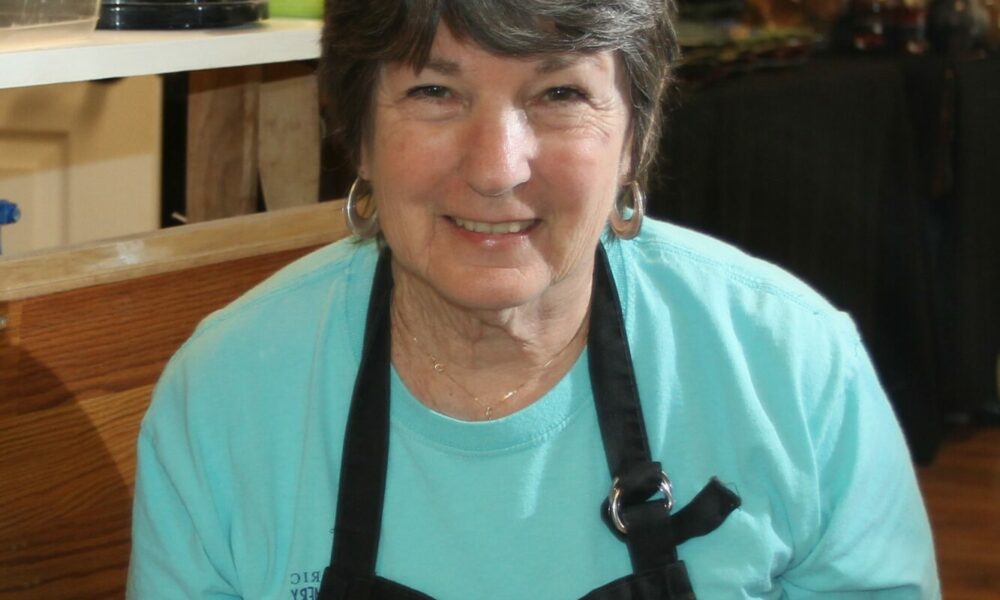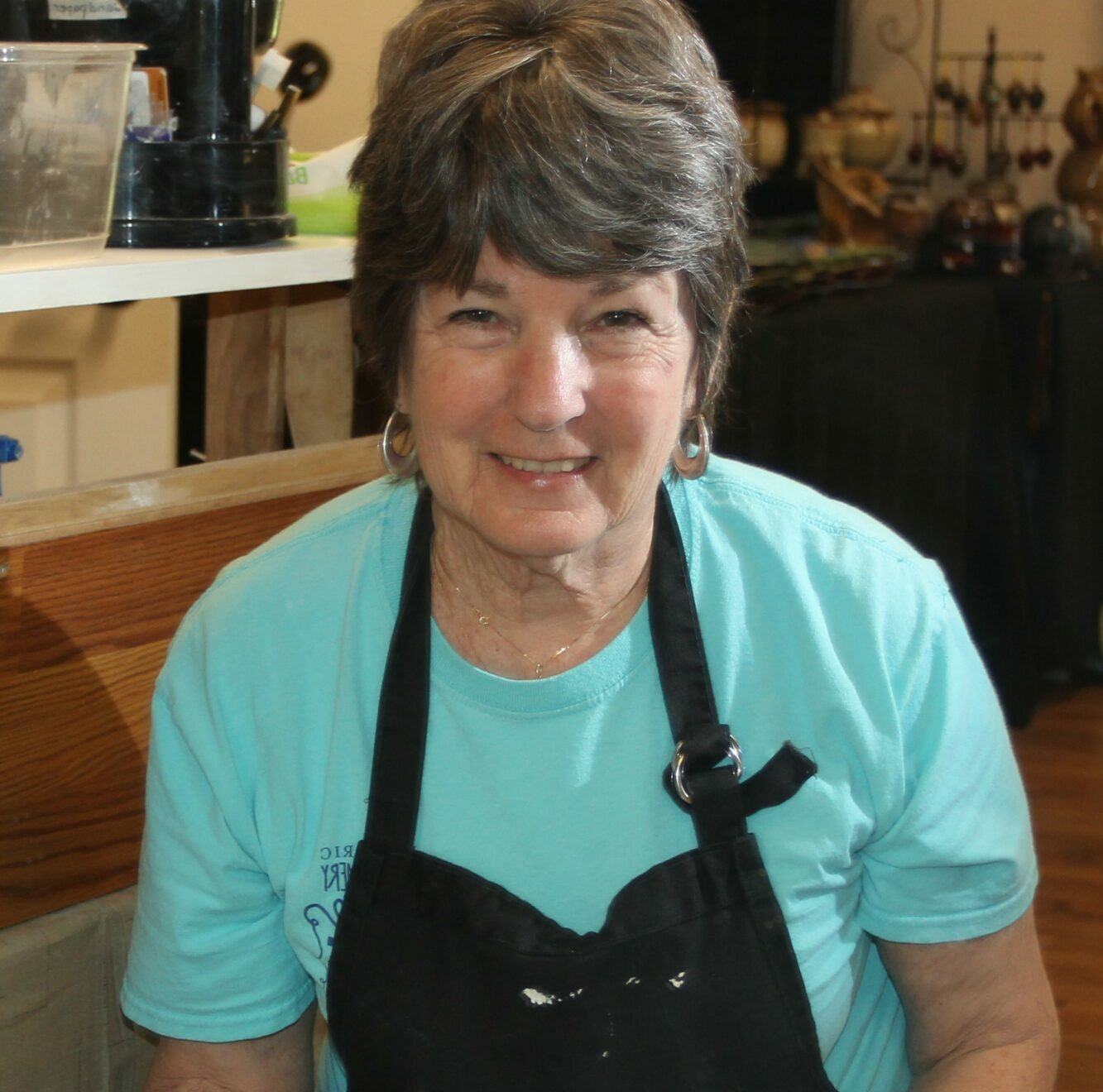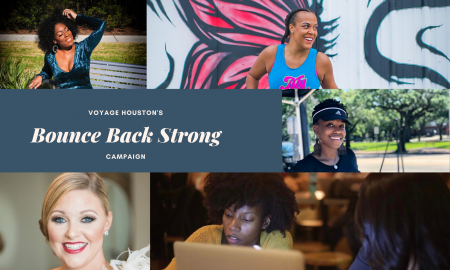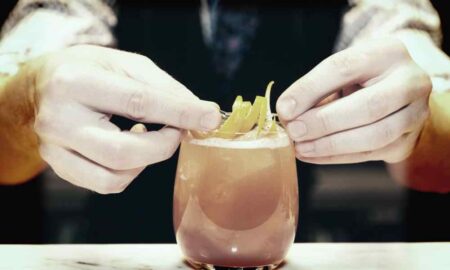

 Today we’d like to introduce you to Carol Berger.
Today we’d like to introduce you to Carol Berger.
Hi Carol, we’re thrilled to have a chance to learn your story today. So, before we get into specifics, maybe you can briefly walk us through how you got to where you are today?
Art is in my genes as I have the good fortune to have artistic parents, grandparents and great grandparents.
I have always loved to draw and paint but it wasn’t until I took a ceramics class following retirement that I fell in love with that medium and it has been my focus for the past eleven years. Joining the Conroe Art League started me down the path of becoming a professional artist, when I was asked to sell my work, which is also very affirming. Then I was asked to teach ceramics, and of course I said yes… I love sharing what I have learned!
In 2018, I was invited to join Archway Gallery in Montrose and am so blessed to be part of such talented, supportive artists. Life is a journey, where new opportunities such as this certainly give new experiences that change the path of my artistic career.
We all face challenges, but looking back would you describe it as a relatively smooth road?
The trickiest part of being a ceramic artist is the material itself. It takes a lot of practice and testing of processes and materials to get somewhat consistent results. Unexpected changes occur and a bunch of problem solving happens to figure out how to fix it. For example, a manufacturer may change a component in clay or glaze material when the original becomes scarce or expensive and the artist doesn’t find out until a batch of work doesn’t turn out the way it has in the past. Working in clay can be physically taxing…. it is heavy, the artist needs to pay attention to their body, precautions need to be taken for the clay dust and glazes and it is expensive to acquire the equipment and space to do it.
Can you tell our readers more about what you do and what you think sets you apart from others?
Even when I first began working in clay, I have had two bodies of work. The functional work includes specialty items such as flower bowls, vases, mugs, brie bakers and wine bottle coasters and toppers. I love the effects of layered glazes and frequently carve or slip trail which accentuates the movement in the layered glazes. The second type of work is decorative, usually gallery pieces, such as sculptural vases and wall art. Many of the decorative pieces are raku, and some of the work includes curly willow, feathers and long leaf pine. The majority of my work, whether functional or decorative, is nature-themed. I care about our environment, I practice Reduce, Reuse, Recycle, and I love creating reusable art that will hopefully inspire others to care about it too. The ability to create change is in each of us!
What would you say have been one of the most important lessons you’ve learned?
One of the best things about the clay community is how willing the artists are to share their knowledge and to help each other. There are so many who have been practicing it a lot longer than I have and often, when I have a problem, several people will have several different solutions for me to try. Every year there are new people trying clay for the first time and I always try to pay it forward and be of help to them.
Contact Info:
- Website: https://artsbycarol.com/
- Instagram: https://www.instagram.com/artsbycarol/?hl=en
- Facebook: https://www.facebook.com/ArtByCarol








Image Credits:
Al Heilman
John Slaby
Mike Berger










